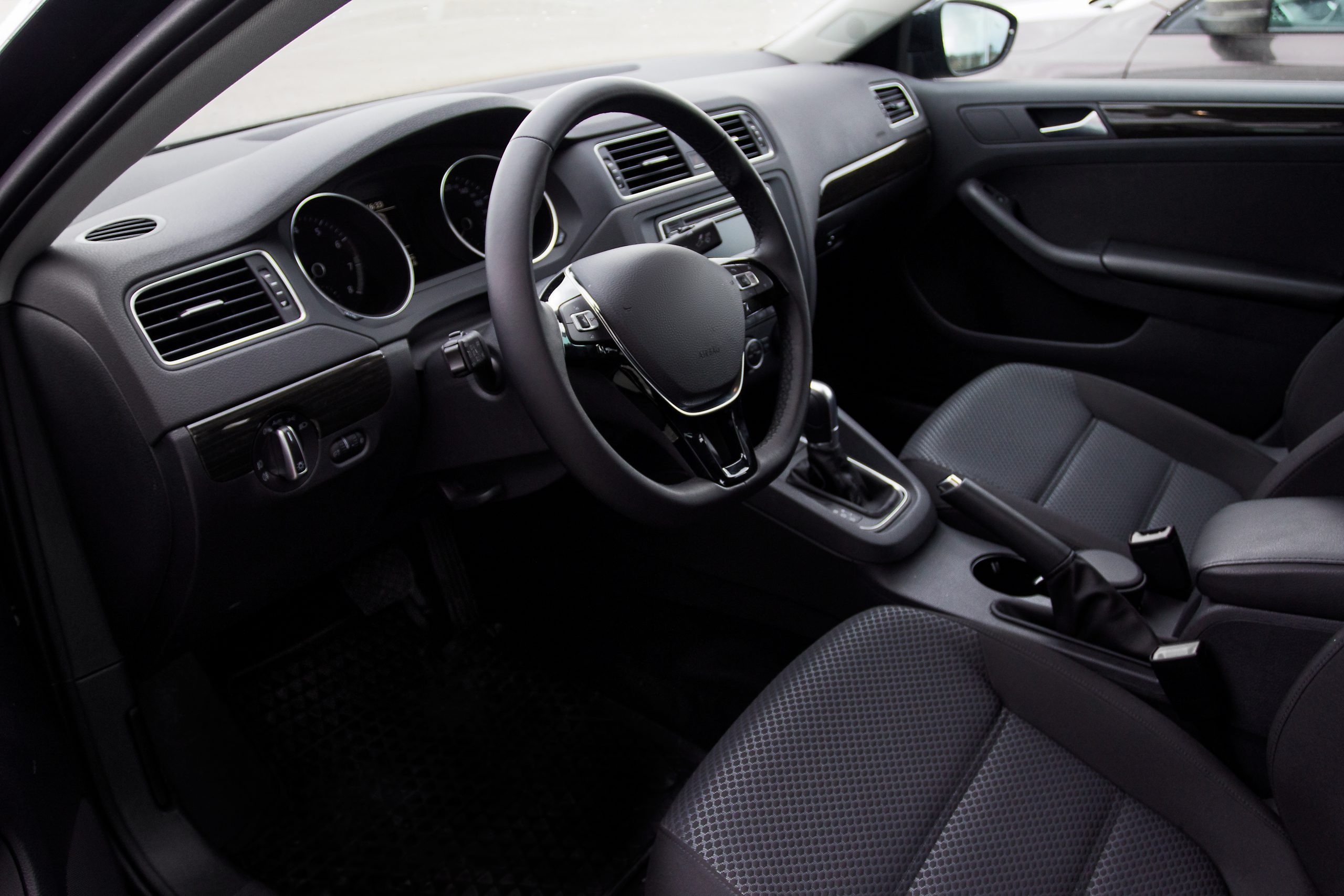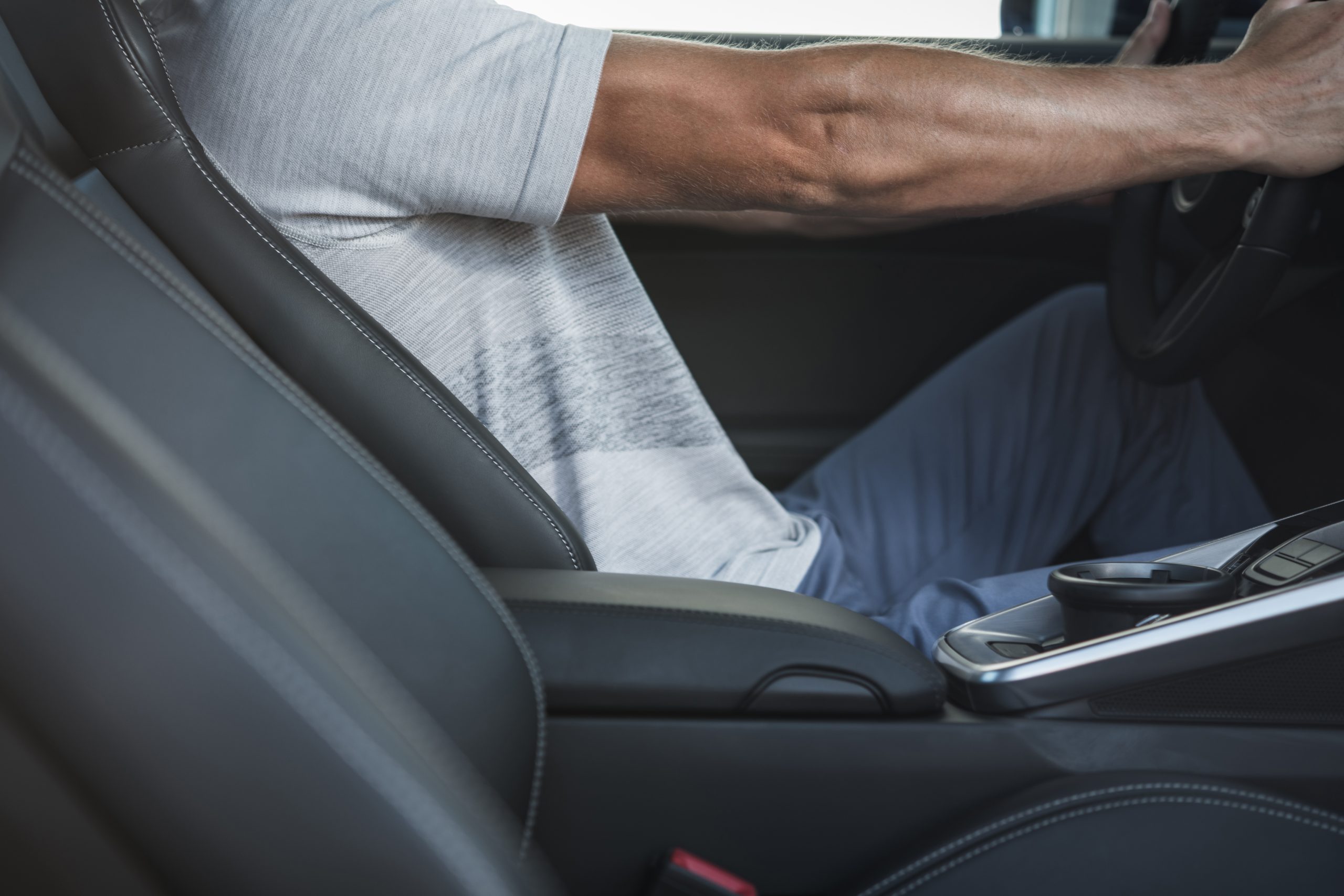Proper Seating Position

Proper Seating Position
Driving can be a complicated process, with making turns properly, dealing with snow and slush on the streets, and observing the many different rules of the road. Of all driving procedures, sitting should be the simplest, but it can be complicated at times. Sitting properly can help prevent accidents while also helping to make long or short rides as comfortable as possible. Drivers should always be aware of how their position behind the wheel affects their ability to drive safely and well.
The basics of operating a vehicle are fairly simple: drivers have to be able to see out of the windows and mirrors while using the controls, such as the accelerator and brake, gearshift, windshield wipers, and more. They also need to be comfortable enough that pain or other factors do not significantly hinder their abilities. Although this may sound easy, it can be complicated when drivers of all different sizes and physical limitations try to find the best positions for sitting.
What to Adjust
The first thing that most people will notice when they get into the driver’s side of a vehicle is the distance between the seat and the steering wheel. Tall drivers getting into a vehicle that was previously driven by a shorter person will need to push the seat back to avoid bumping a knee against the steering column. In contrast, a short person getting into a vehicle previously driven by a taller person will need to move the seat forward to be able to reach the pedals.

The Canadian Centre for Occupational Health and Safety recommends adjusting the seat to be able to press on the pedals with the entire foot rather than just the toes. That way, drivers can press down fully on the pedals if necessary. In the case of a potential accident or need for a sudden stop, the driver should be able to press completely down on the pedals to be able to react quickly. In manual vehicles, pressing the clutch only part of the way can also damage the gears, as the Go Mechanic blog notes. Being able to press the pedals down fully helps preserve the vehicle while also providing a maximum amount of control.
Seat height is a factor in being able to see out of the windows. Drivers should be able to see at least 76 millimetres over the top of the dashboard so that they can see what is at both sides of the road, as well as straight ahead. They should also be able to adjust the mirrors to a point where they can see what is coming along the road from behind. At the same time, they should not raise the seat too high for them to be able to reach the pedals comfortably.
Tall drivers also need to accommodate their height. They might need to adjust their seats downwards to be able to drive comfortably without hitting their heads on the ceiling. Although it may not always be possible to adjust the seat height perfectly, making some of these changes can help drivers to make the necessary changes for their height and the length of their legs.
How to Adjust the Seat
As Joanne Will notes in a 2011 Globe and Mail article, experts recommend starting from a position with the seat pushed back and as low as possible. From there, drivers can pull the seat forward as much as necessary and adjust it up if necessary. In vehicles with only one regular driver, this process does not need to happen each time, but it might be necessary to change the position of the seat to accommodate a variety of changes.
Adjusting the angle of the seat is also important so that the driver can sit upright without being pushed forward. The cushion of the seat should reach far enough along the legs to support them but not impede the knees or cut off circulation anywhere along the way. Ideally, the back should be straight enough that drivers can lean against it while still being able to reach the steering wheel and other controls without trouble. Craning the neck forward can be uncomfortable, but drivers can normally adjust the seat to avoid this problem.
Fine Tuning and Additional Supports
Most vehicles have buttons or knobs that allow for fine tuning the position of the seat. Drivers can make small adjustments to move the seat forwards or backwards, up or down. This feature can help to make the difference between craning the neck to see in the mirrors or being able to see at a glance what is around the vehicle without having to make a special effort.
Additional supports may be useful for some drivers. An extra cushion, for example, can raise short drivers up enough so that they can see over the dashboard. Special attachments for lumbar support can help people with back trouble to drive more comfortably for longer periods of time, while other attachments and additions can be helpful for dealing with a variety of issues. Although the seat should not be so comfortable that it lulls the driver into a doze, it should provide the necessary support to avoid causing pain or discomfort that could distract the driver.
When only one driver uses a particular vehicle, it would be logical to assume that adjusting it only once would be enough, but this is not always the case. Winter clothing can make a difference, and sometimes people happen to sit down at a slightly different spot than the last time. An injury, a pregnancy, or weight gain or loss can also make a difference to the proper sitting position. Drivers should be aware of any changes to how comfortable they feel in the seat and how well they can manage the controls.

It may seem simple, but sitting in the proper position is important for every driver. Learning to use the controls for adjusting the seat will help drivers control the vehicle more fully while preventing damage to the machinery. Adjusting the seat before driving can make a difference for everyone on the road.
